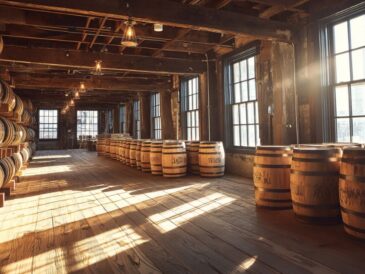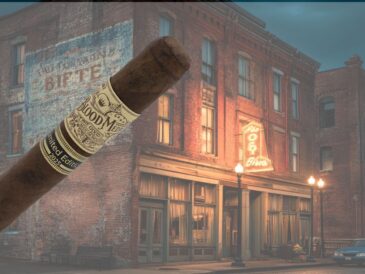Definition
Cigar construction refers to the craft and precision behind how a cigar is built — from the inner filler and binder to the outer wrapper, all the way to the cap and foot. Perfect construction ensures a cigar draws smoothly, burns evenly, and holds its shape without unraveling. A well-constructed cigar isn’t just art — it’s science, balance, and the foundation of every satisfying smoke.
The Three Core Layers
-
Filler – The heart of the cigar, made from long or short leaves that create flavor, aroma, and strength.
-
Binder – The middle layer that holds the filler together and regulates airflow and burn rate.
-
Wrapper – The outermost leaf that gives the cigar its polished look and adds distinctive flavor and aroma.
Together, these layers determine how the cigar burns, how it tastes, and how it feels in your hand.
The Finishing Touches
-
Cap: The sealed head of the cigar — prevents unraveling and offers a clean surface for cutting.
-
Foot: The open end that’s lit; its construction affects burn, flavor start, and aroma.
-
Band: The decorative paper ring identifying brand and blend (removed before smoking).
-
Draw: How air moves through the cigar; good construction creates a smooth, consistent draw from start to finish.
For a visual breakdown of cigar anatomy and the construction process, see Tobacconist University’s Anatomy of a Cigar.
It provides diagrams of filler, binder, wrapper, and other structural components with detailed explanations.
Pro Tip
A cigar that burns unevenly or tunnels often indicates poor construction — uneven filler density, inadequate binder tension, or a cracked wrapper. Before lighting, gently roll the cigar between your fingers: it should feel firm and consistent, not spongy or hard in spots.
Related Terms
👉 Filler |Binder |Wrapper
👉 Cap |Foot |Fermentation
👉 Curing |Aging | Wrapper Colors





